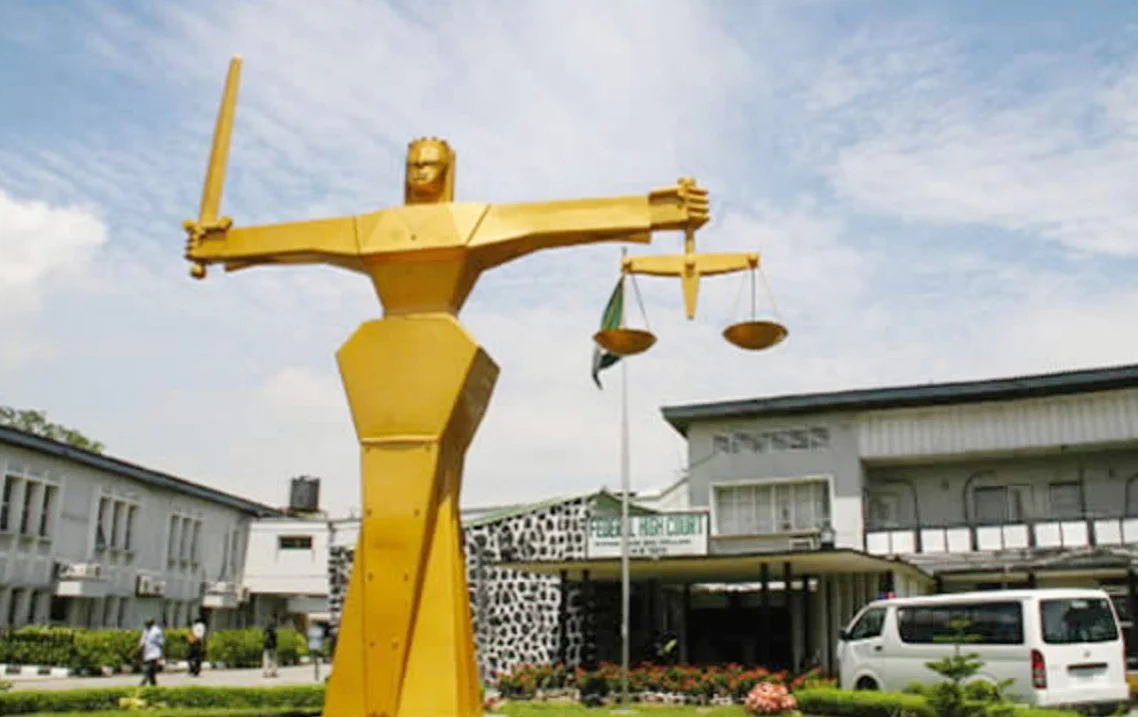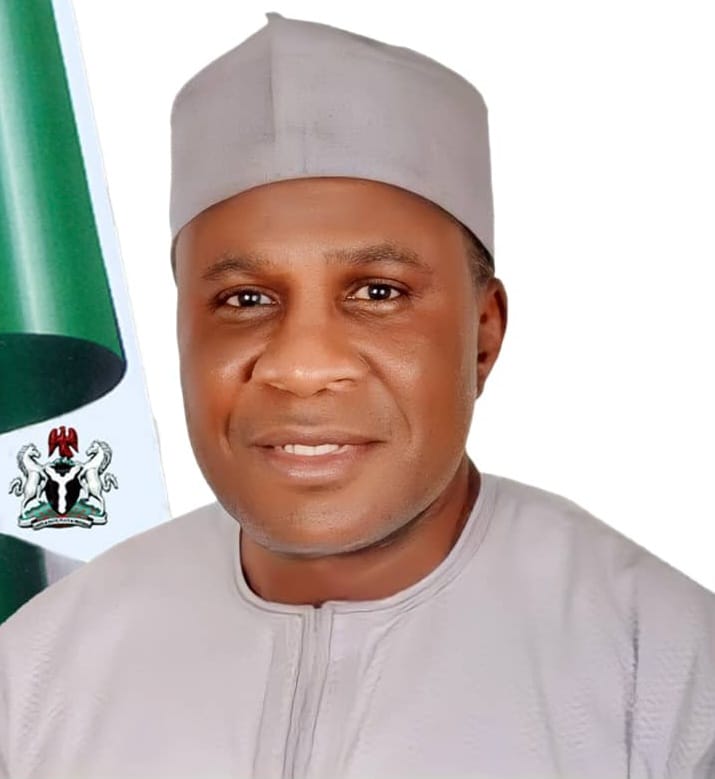From Ancient to Modern- Okpebholo Champions Benin City’s Infrastructural Renaissanc
By Fred Itua
After eight agonizing years under his predecessor, the destiny of Edo State in road infrastructure development is finally taking shape. Don’t be quick to lament. Indeed, there are still many bad federal roads across the state, but Governor Monday Okpebholo has shown that he is not one to bemoan ownership or pass blame. Instead, heavy-duty trucks are being mobilized to sites across Edo, signaling a government that prefers action to excuses.
In less than a year in office, Governor Okpebholo has set a clear direction, one that places infrastructure at the heart of development. The ongoing construction of intercessional bridges across Benin City, especially the new flyover at Adesuwa Junction on Sapele Road, stands as a powerful statement of purpose and capability. For years, residents have endured heavy traffic at key intersections, particularly around Adesuwa Junction, a spot long associated with gridlock and frustration.
The decision to construct a modern flyover there is not merely a traffic solution; it is an investment in mobility, productivity, and urban renewal. It shows a government that listens, understands the people’s pain points, and responds with action, not rhetoric.
Governor Okpebholo’s approach to infrastructure goes beyond roads; it is about laying a foundation for sustainable growth, restoring public confidence, and positioning Edo as a state where development is not spoken but seen. By focusing on projects that impact daily life and commerce, his administration is sending a clear message: Edo State is open for business and progress is no longer an illusion but a lived experience.
There is no greater demonstration of intent to drive development than the reinvigoration of infrastructure. The governor’s vision to modernize Edo, stimulate investment, and restore trust in government shows a deep understanding that economic growth depends on efficient movement. Adesuwa Junction, once a bottleneck that drained time and productivity, is now being transformed into a model of connectivity, proof that governance, when focused, can turn frustration into functionality.
This new flyover, coming on the heels of the first at another major intersection, reflects a consistency of purpose rarely seen in young administrations. It proves that development is not an isolated event but a continuous process built on courage and commitment. In Edo State, that process has begun in earnest.
For traders and artisans who depend on quick access to markets, fewer hours in traffic mean more time for productivity and family. For parents driving their children to school each morning, smoother roads mean safety and punctuality. For transport operators, it means less wear and tear on vehicles and more profitable trips. The small business owner at Adesuwa Junction will no longer lose customers to congestion; the commuter will arrive at work less exhausted. Infrastructure, when properly deployed, restores dignity to daily life and reaffirms the humanity of governance.
Beyond its social benefits, Governor Okpebholo’s infrastructural drive carries significant economic weight. Investors, both local and foreign, are drawn to environments that demonstrate readiness for growth. No serious investor wants to navigate chaos just to move goods from one part of a city to another. By addressing these bottlenecks, Edo is sending a message of preparedness, stability, and confidence.
Urban infrastructure shapes how businesses operate, how people live, and how cities evolve. In constructing flyovers at strategic intersections, the Okpebholo administration is not just easing traffic; it is laying the groundwork for an Edo State that functions efficiently and competes confidently.
Already, property values around these corridors are rising, real estate interest is increasing, and local contractors are gaining new opportunities, creating jobs and strengthening the local economy. This multiplier effect is what transforms good governance into lasting development.
When citizens see their leaders act decisively, trust grows. Governor Okpebholo’s efforts have renewed faith that government can indeed work for the people. Unlike administrations that get lost in endless planning, this government has demonstrated speed, clarity, and purpose. The work at Adesuwa Junction is not just an infrastructure project; it is a visible symbol of intent meeting execution, proof that governance can be both responsive and responsible.
For visitors to Benin City, whether tourists, investors, or casual travelers, the new road networks and flyovers tell a story of transformation. A city once plagued by congestion is now reclaiming its status as a hub of commerce and culture. Infrastructure reshapes perception. A visitor navigating seamlessly through what was once a choke point immediately senses change, and that perception influences decisions, to invest, to engage, to believe again.
Benin City, with its rich cultural heritage, is finally witnessing the kind of infrastructural renewal that complements its historical identity. As the city modernizes, it does so without losing its soul. That delicate balance—between progress and preservation, is one of the hallmarks of Governor Okpebholo’s leadership.
It takes courage to dream, but even greater courage to act, especially in a climate where excuses often replace execution. The governor’s decision to embark on ambitious projects less than a year into office reflects a readiness to confront challenges head-on and a belief that leadership must be measured by results, not rhetoric. Flyovers may not be the only symbols of progress, but they are visible proof of a leader’s seriousness about change. They tell the story of a government unafraid to make bold decisions for long-term benefit.
While the progress made so far deserves applause, sustainability must be the next focus. The real test of development lies in maintenance. For Edo’s infrastructural gains to endure, they must be supported by effective policies on urban planning, traffic management, and public discipline. The government must continue to work closely with relevant agencies and communities because the success of public infrastructure depends as much on citizen cooperation as on government initiative.
If the current momentum is sustained, Edo State could, within a few years, boast one of the most efficient urban transport systems in southern Nigeria. That is a legacy worth building, and preserving. Every bridge tells a story of connection and transformation. In Edo today, those stories are being written not in promises but in projects. Governor Okpebholo is not merely building flyovers; he is constructing confidence, catalyzing commerce, and uniting communities under a shared vision of progress.
His infrastructural strides stand as proof that governance, when driven by courage and purpose, can truly change lives. In less than a year, the skyline of Benin City is being redefined, traffic nightmares are fading, and the promise of development is becoming reality. This is what it means to move from manifesto to motion, from intention to impact.
Edo State today stands as a construction site of hope, a place where leadership meets legacy. Governor Monday Okpebholo is not just bridging roads; he is bridging the gap between vision and reality, between words and works, between what was and what can be.




